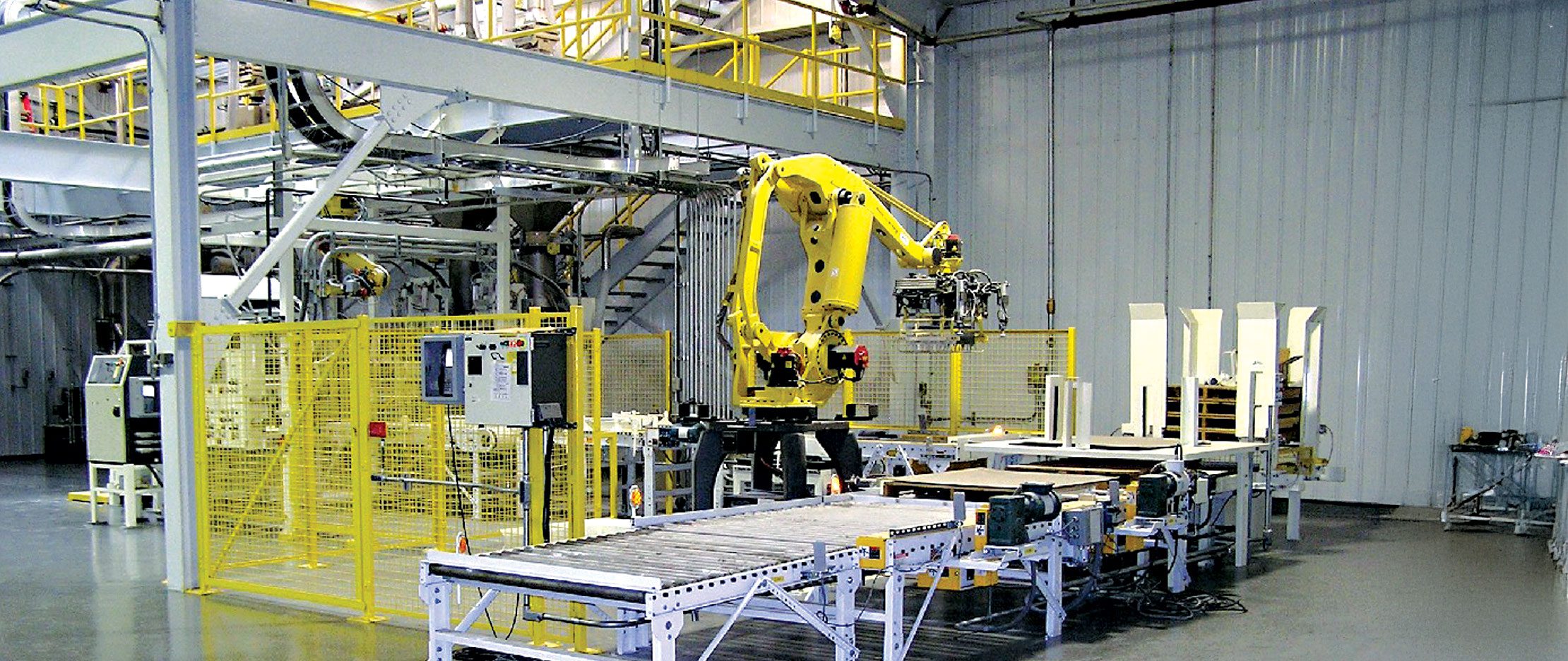
Industrial manufacturers face increasing demands for advanced throughput, cost-efficiency, and precision. One way to meet these ever-present pressures is by partnering with a systems integrator like Magnum Systems to optimize your manufacturing floor operations. For example, integrating pneumatic conveying with process automation offers powerful advantages to meet these challenges head-on. By combining these systems, manufacturers can streamline material handling, improve safety, and achieve greater consistency—all while staying ahead in a competitive market. Let’s take a look at the top five benefits of integrating pneumatic conveying with process automation and why it can be a game-changer for your business.
1. Improved Throughput and Reliability
Optimizing material flow is critical in industrial manufacturing. Pneumatic conveying systems excel at efficiently moving bulk materials, while process automation ensures that these movements are precisely controlled. Together, they create a seamless workflow, reducing downtime and manual intervention.
For instance, automated conveyors precisely adjust material flow rates according to production requirements, thereby minimizing bottlenecks and optimizing material flow. Whether handling fine powders or heavier granular materials, an integrated system ensures steady throughput.
2. Better Material Consistency and Quality
Product inconsistency can disrupt production and damage client relationships. Pneumatic conveying paired with automation offers precise control over material movement, preventing contamination and ensuring uniformity. Automated systems maintain consistency by monitoring real-time variables, such as pressure and airflow, and adjusting as needed to match predefined parameters.
Issues such as oversaturation, clumping, or uneven distribution are effectively eliminated through integration. The result? A high-quality product that meets demanding standards every time.
3. Cut Costs by Reducing Labor and Maintenance
Industries often face the challenge of balancing operational costs with delivering high-quality products. Integrating pneumatic conveying with process automation significantly reduces reliance on manual labor, which not only cuts labor costs but also minimizes human errors.
These systems feature predictive maintenance technologies that identify wear and tear before breakdowns occur, preventing unexpected downtime. Over the long term, fewer manual interventions and proactive system upkeep result in considerable cost reductions.
4. Increased Workplace Safety
Manual material handling often presents safety risks, such as ergonomic injuries and exposure to hazardous substances. Pneumatic conveying eliminates the need for manual transport by efficiently moving materials through enclosed systems. Process automation further enhances safety with advanced monitoring and control systems, ensuring secure operation even in the most challenging environments.
Features such as automated shut-offs during malfunctions, dust collection systems, and decreased operator involvement contribute to a much safer workplace for employees.
5. Scalability to Meet Evolving Needs
Manufacturing requirements are constantly changing. Combining pneumatic conveying with process automation allows for growth and flexibility to meet future demands. Whether you're increasing production capacity or adding new product lines, these systems can be reconfigured or upgraded with minimal disruption.
Automated features, such as adjustable feed rates and remote monitoring controls, help scale operations while maintaining efficiency and precision.
A Smarter Future for Industrial Manufacturing
Integrating pneumatic conveying and process automation isn't just about using advanced technology. It's about rethinking how your systems work together to achieve more. By doing so, you'll gain better efficiency, consistent quality, cost savings, improved safety, and a scalable setup that positions your business for long-term success.
Elevate your operations now by exploring these technologies and partnering with trusted industrial manufacturing systems integrators. Designing intelligent systems isn't just about following industry trends—it's about shaping future success in manufacturing.
Want to see how process automation and pneumatic systems can transform your production line? Contact us to find out how we can help you achieve your business goals.
Magnum Systems podcast series, AIM!
RELATED POSTS
Brain Drain: How Process Automation and Documentation Protect Against Retirement
The Top Five Benefits of Tuning PID Loops in Process Control Systems
Robotic End-of-Arm Tool For Safer, Smarter Tool Change
Seven Best Practices for Maintaining and Updating Your Integrated System
Related Post
Custom Systems Integration: Why One-Size-Fits-All Solutions Fail
Five Ways to Expand Automation Through Controls Migration Without Sacrificing Employee Morale
Predictive Maintenance Part Three: Predicting the Future of Industrial Systems